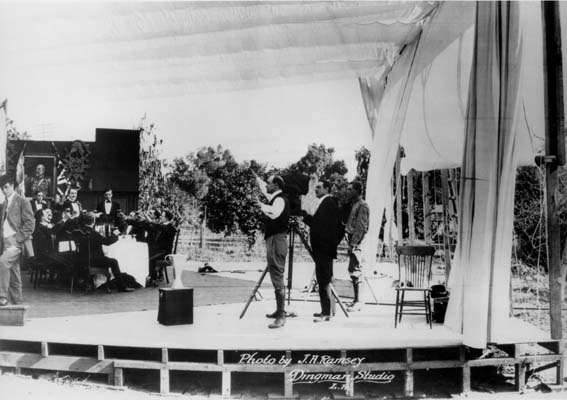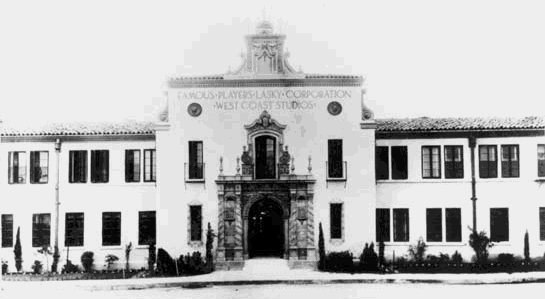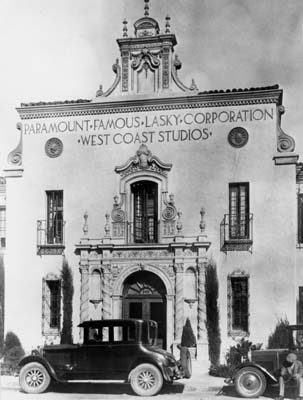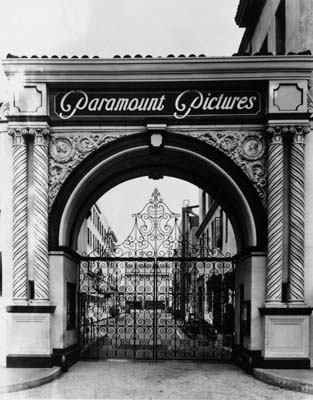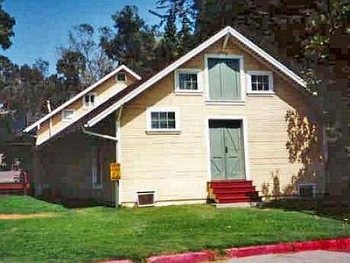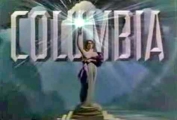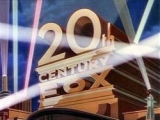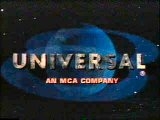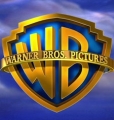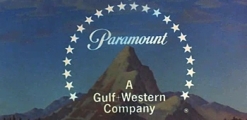The biggest industry in Los Angeles today is the film and entertainment industry. Most of the major studios are headquartered here. On average there are 2,974 production days each year in the downtown Los Angeles City Center alone. Some of those were even foreign productions. Why has Los Angeles emerged as the world's most popular city for film production? One popular belief is that during the earliest days film makers came here to avoid paying copyright fees to Thomas Edison every time they used a motion picture camera. Not likely since there were dozens of patents for dozens of cameras that were available from dozens of inventors from all over the world. Another long standing belief is that the great weather had something to do with it. Partly right since it was mostly real estate hype to convince those snowbirds from the upper midWest to buy property and live here since our weather leaves theirs far behind in the dirt. Then what is the real reason that Los Angeles is so popular for film production. Here's the story...
During the early 1900s most film production was taking place out on the east coast. Orange N.J. and Astoria N.Y. were where most of the studios were located. California also had studios. Most were located in Los Angeles, Santa Barbara, and the Bay Area. Many of the actors/actresses who performed on N.Y.'s Broadway eventually moved over to acting in films which gave the eastcoast studios an advantage. With an abundance of Broadway talent acting in movies, many of the early east coast studios were churning out dozens of films every week. The east coast studios were modern facilities while the California studios were primitive. The east coast studios had big buildings with large glass panels to allow light inside where sets were built. West coast studios were mostly rented out farms and ranches, with barns and other ranch buildings doubling as stage buildings.
Los Angeles native Jesse Lasky (who later founded Paramount Pictures) and many other struggling west coast film makers headed east to join in the fray and make movies. In 1912, after renting a studio facility in Orange N.J. and establishing Feature Play Film Company, Lasky saw a hit Broadway Western show titled 'The Squaw Man' and was inspired to make a movie based on that play. Lasky then hired Cecil B. DeMille, a Massachusetts native and established film director. DeMille decided that the urban settings of New Jersey would not work in filming a Western. So DeMille and film crew packed up and headed west in the late winter of 1913 to find a location. DeMille had his sights set on Arizona which he knew had excellent dry sunny weather and the look and feel of the old west. But when DeMille and company got to Arizona it was raining. After camping out for several days waiting for the rain to stop, DeMille and his group gave up and packed. DeMille had an alternate site, Los Angeles which was several hundred miles away. DeMille and company continued their journey west, crossing Southern California's majestic snow covered San Gabriel mountains and making it all the way to the Pacific Coast. DeMille was impressed by the unique Los Angeles area landscapes of snow covered mountains, wide open valleys, the urban setting of the city, miles of beaches, lima bean fields, ranches, and sagebrush covered foothills. DeMille decided to stay permanently once The Squaw Man was completed. Later DeMille would utilize the different landscapes for a variety of films. DeMille then rented a barn at the corner of Vine Street and Selma Avenue for his production office and stage. On a tight budget and hurting financially from the delay in Arizona, DeMille made a deal with the barn owner for a discount on the rent. DeMille would use the barn during the day and the owner could put the horses back in the barn at night.
The following year 'The Squaw Man', (the first feature length motion picture) became a box office hit like it's Broadway counterpart but with a bigger impact. Soon film makers began heading west to Los Angeles to make Westerns and to take advantage of the different landscapes for other films. This was the beginnings of today's billion dollar film production industry in Los Angeles.
Here's a little known fact: It was the early silent film stars that were called the movies, not the films. They starred in moving pictures not movies. Later sound was added and the moving pictures became talkies. Got it? |

